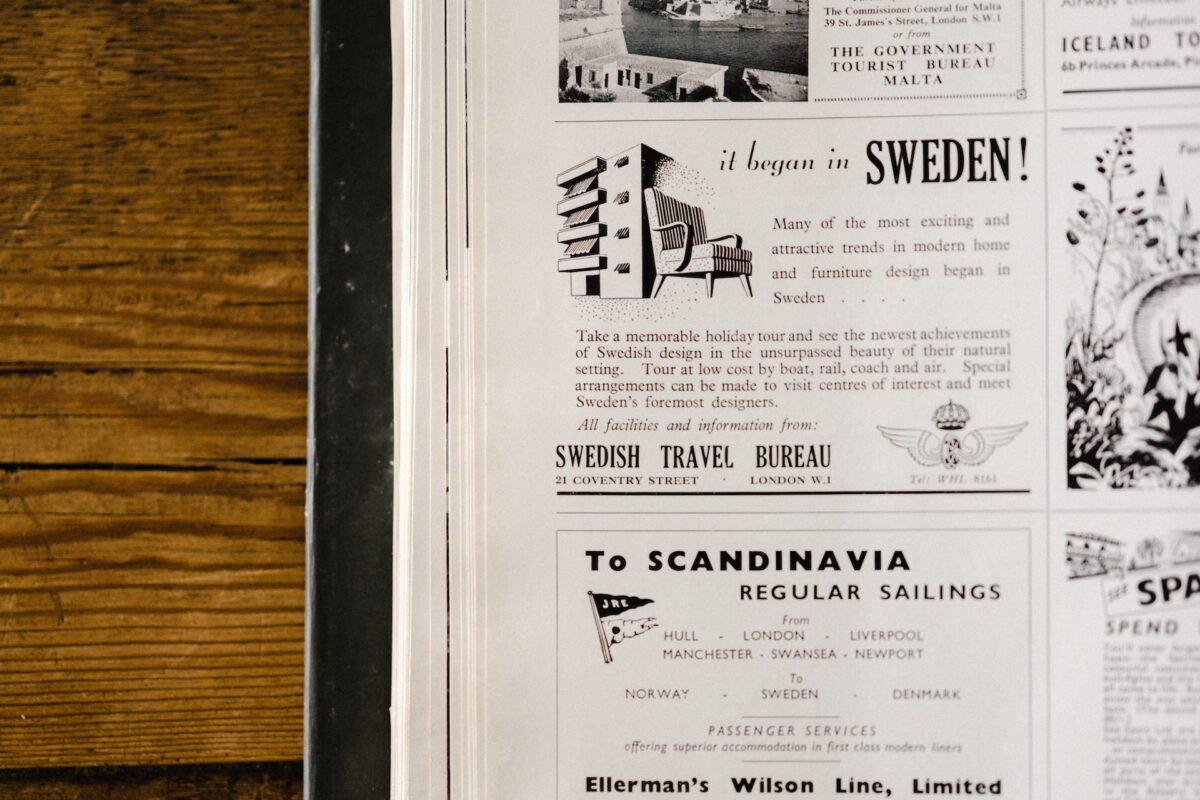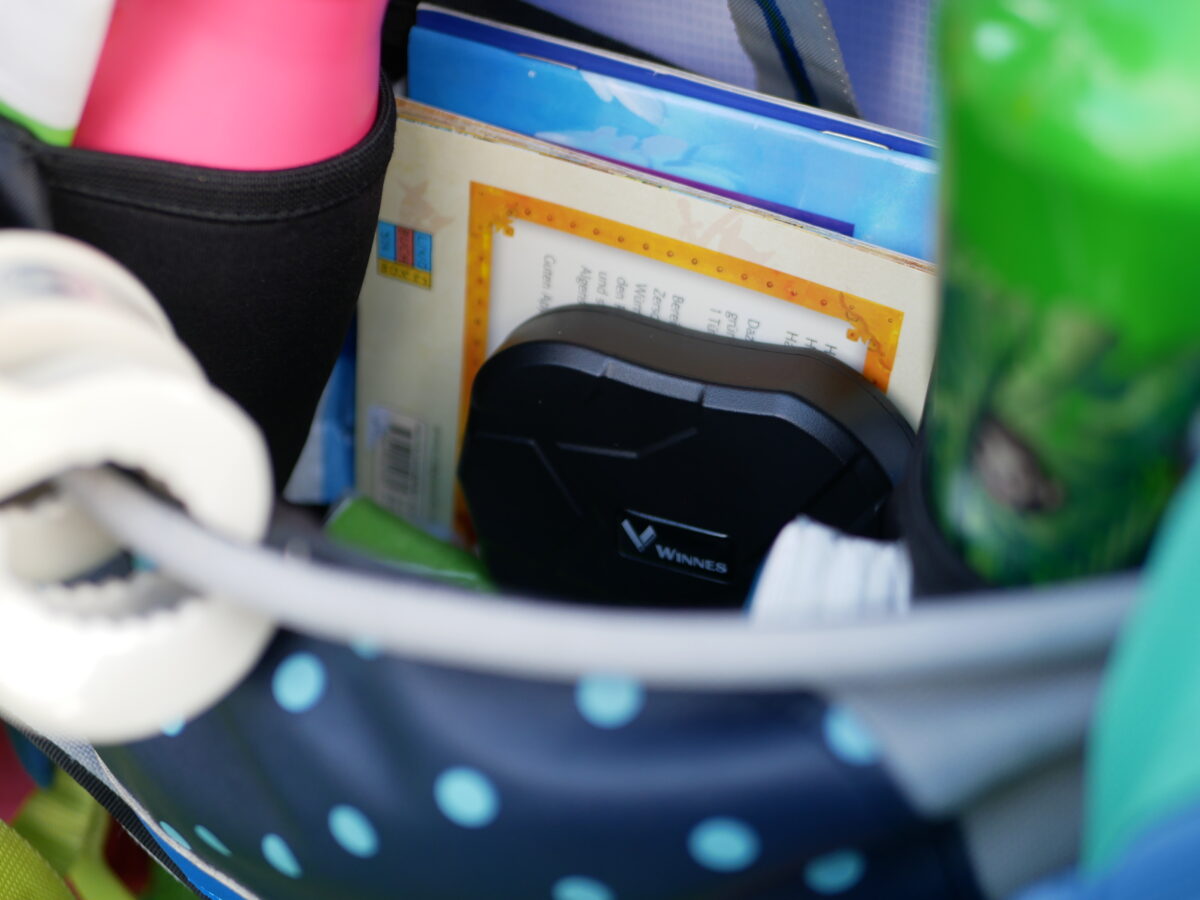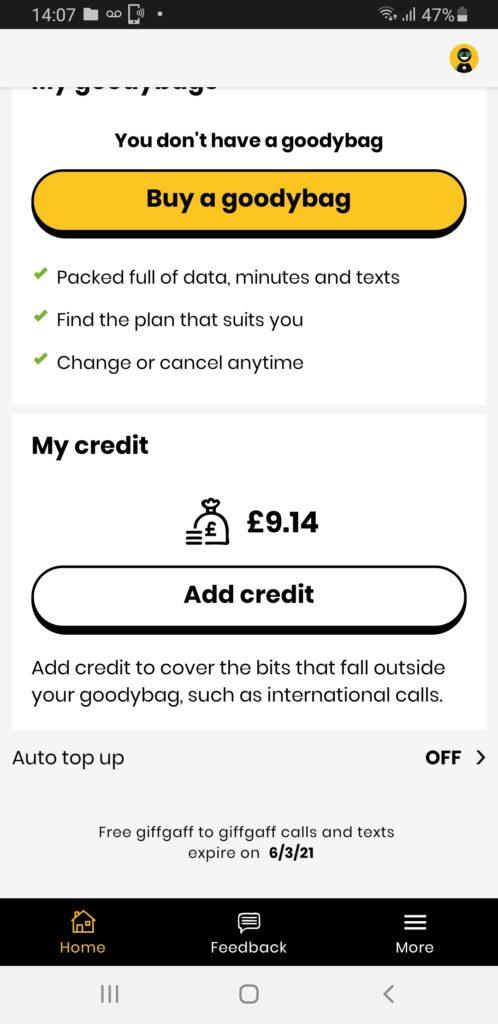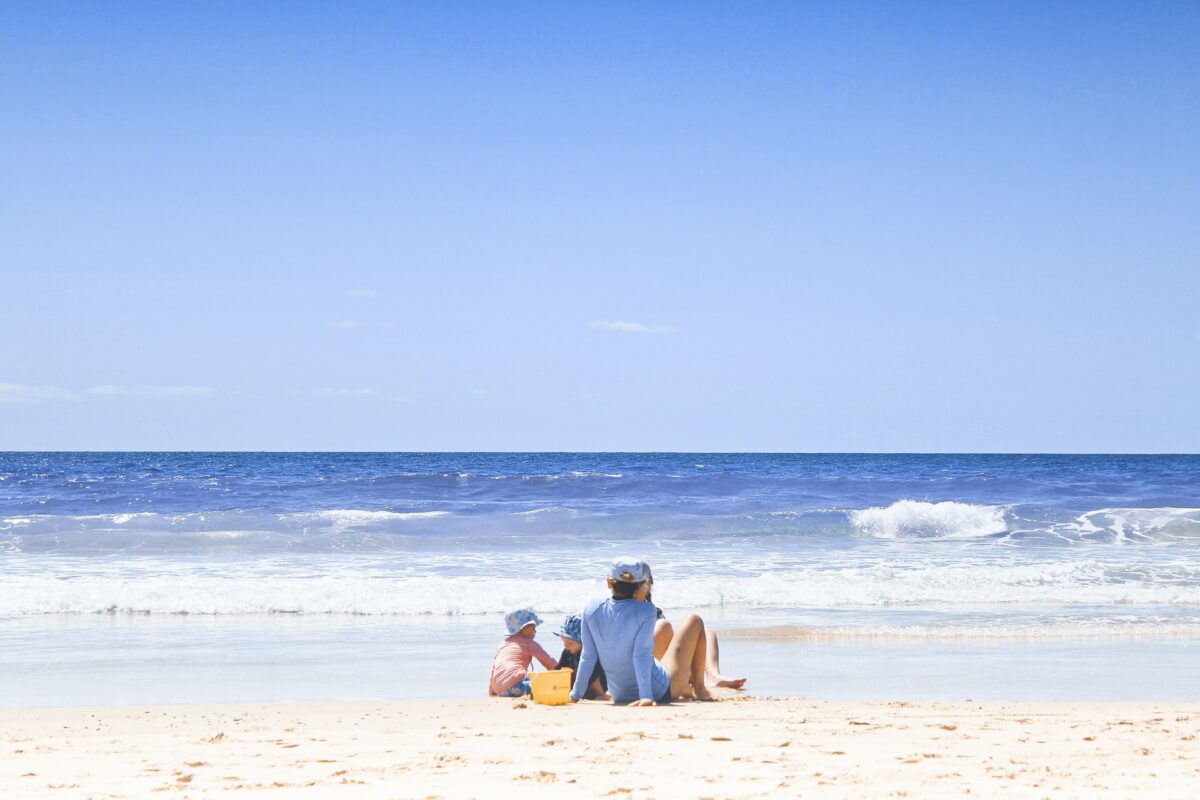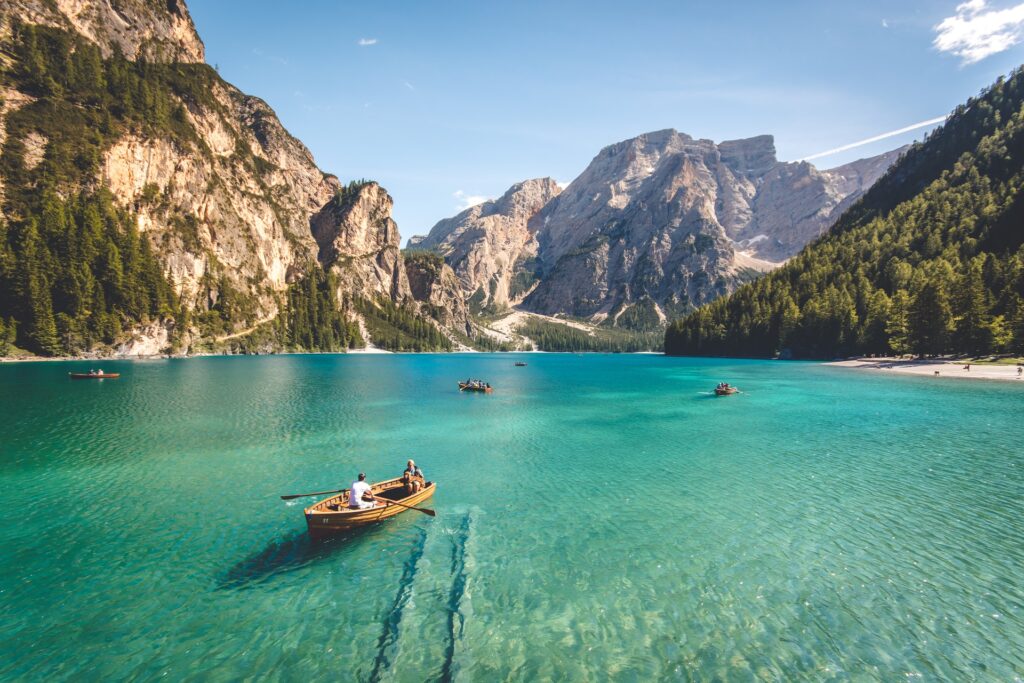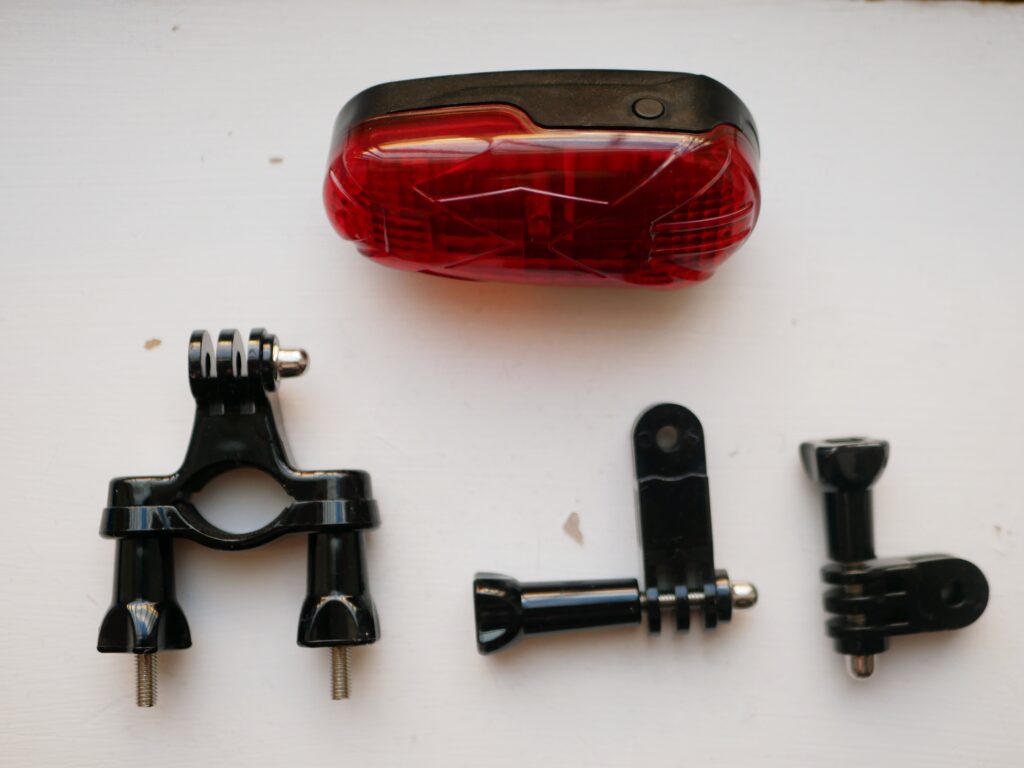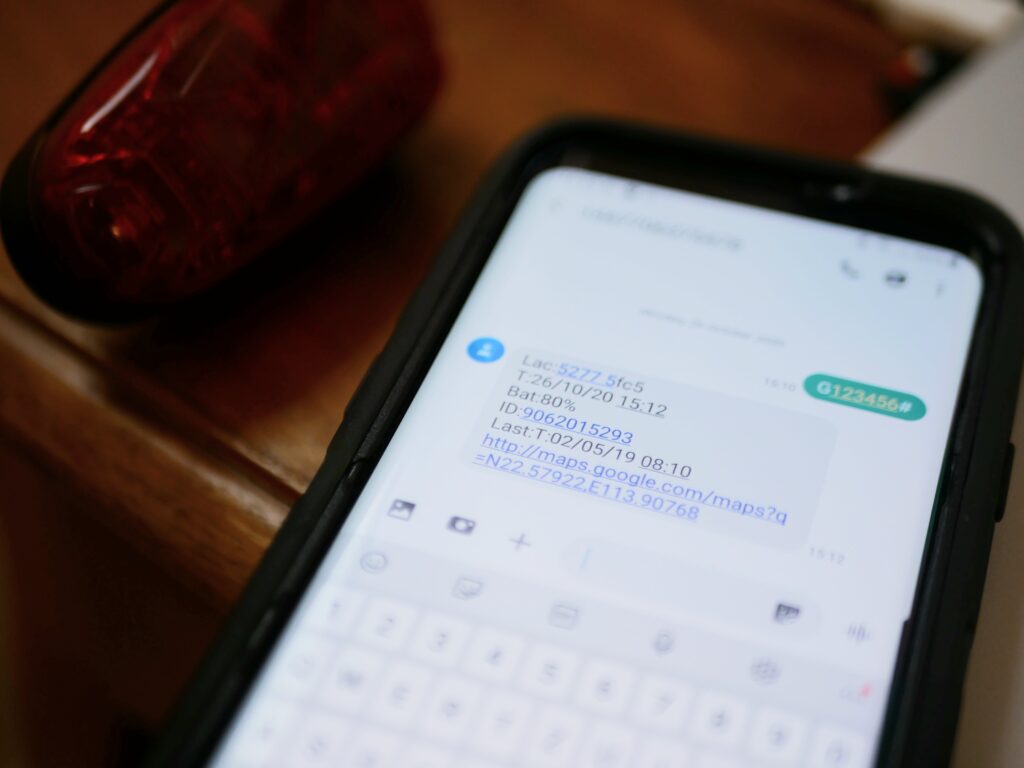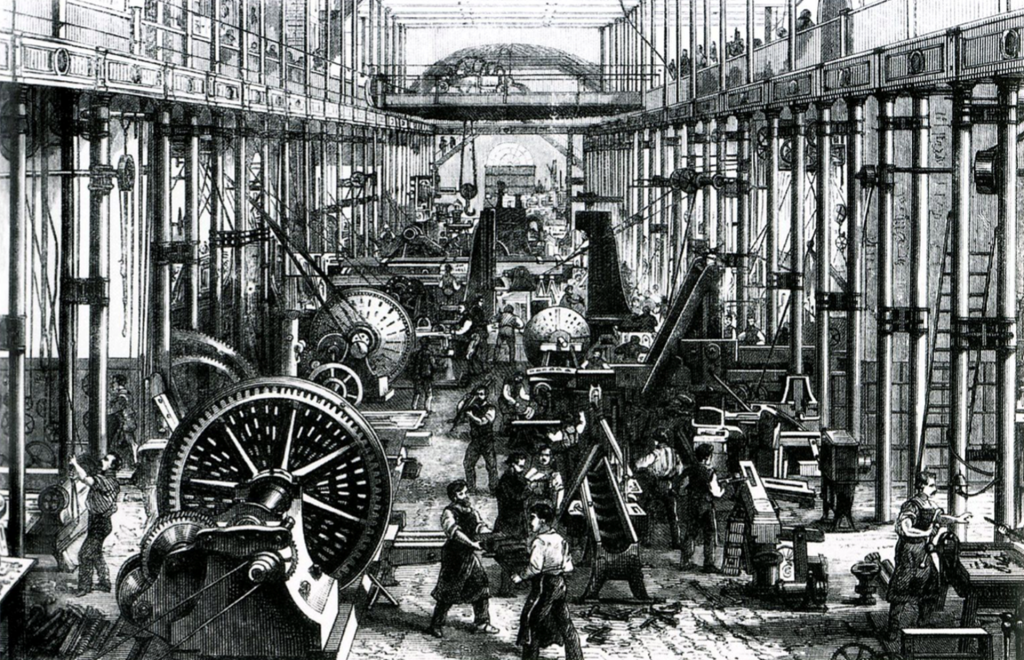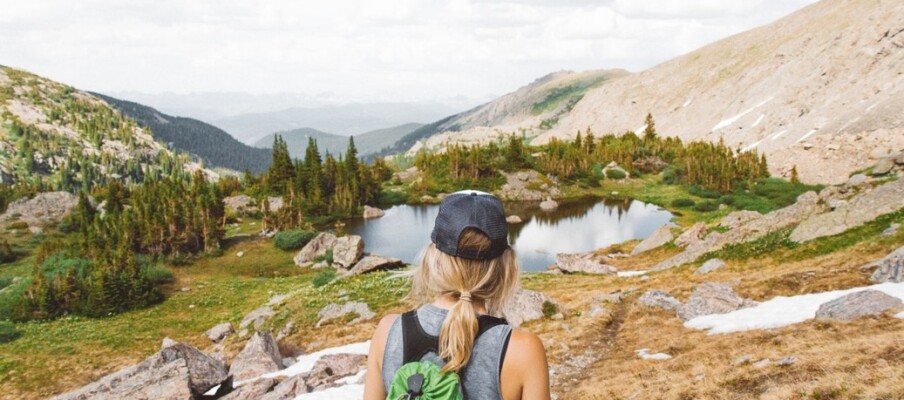AI is rapidly growing in popularity for a variety of tasks, from creating artwork to generating articles. Plattforms like OpenAI provide an innovative and exciting way to explore AI’s potential and its limitations, allowing users to get creative with this powerful technology.
Recently I talked with a friend who works for a global AI company about all the use cases in travel and the idea of using AI for tasks like travel planning.
Can AI replace an agent?
Before I come to this point, here is the OpenAI answer to the question of „how to spend five days in Switzerland“:
There are many ways to spend 5 days in Switzerland, as the country offers a wide variety of activities and sights for visitors. Here is one possible itinerary for a 5-day trip:
Day 1: Arrive in Zurich, take the train to Lucerne, spend the day exploring the city, and take a boat tour of Lake Lucerne. In the evening, take the train back to Zurich and spend the night there.
Day 2: Take a train to the Jungfrau Region, visit the famous Jungfraujoch, which is a mountain pass that offers panoramic views of the Swiss Alps. You can also visit the ice palace and the observatory at the top of the pass, and take a walk on one of the hiking trails. In the evening, take the train back to Zurich and spend the night there.
Day 3: Take a train to the mountain resort of Grindelwald. Spend the day hiking in the surrounding mountains, and take the cable car or train to the summit of the First or Kleine Scheidegg. In the evening, take the train back to Zurich and spend the night there.
Day 4: Take a train to the city of Bern, explore the charming old town, and visit the famous Zytglogge clock tower. In the afternoon, take a train to the town of Interlaken and spend the night there.
Day 5: Take a train to the mountain resort of Wengen, and take the cogwheel train or cable car to the summit of the Jungfraujoch. in the afternoon, take a train back to Zurich, and spend some time shopping and exploring the city before taking the flight back home.
This is just one example of how you can spend 5 days in Switzerland. Depending on your interests, you can also focus on other activities like skiing, snowboarding, paragliding, visiting museums and art galleries, or just enjoy the scenery, relaxing and savor the local cuisine and products. Switzerland is a small country but it’s very diverse, so you can find many options to suit your preferences.
If you know Switzerland, it does not make sense to travel back to Zurich every evening, but otherwise, the result is impressive.
But is it as good as the itinerary from a real travel agent?
Despite the potential of Artificial Intelligence to revolutionize travel planning, few can deny that human touch is still necessary for intricate itineraries and hard-to-find gems. But in the real world, 95% of the agents do not have the capacity to „add“ the human touch. Also, most agents have to known/sell several countries and destinations and nobody can be an expert in 20+ countries.
The 5% are real experts with years of experience and an extraordinary sense for their customers.
However, it is evident that AI significantly impacts travel – and I see great opportunities. Some ideas:
Let’s say we train an AI to create an itinerary with a shallow carbon footprint. Or we train an AI to avoid over-tourism or reduce the risk for a certain type of customer.
I also see an excellent opportunity for the 5% of the experts. Those are the ones finding hidden gems and tracks nobody walked before.
Or in other words: IKEA is great for the mass market and the local carpenter for your unique handmade table.
What do you think?
